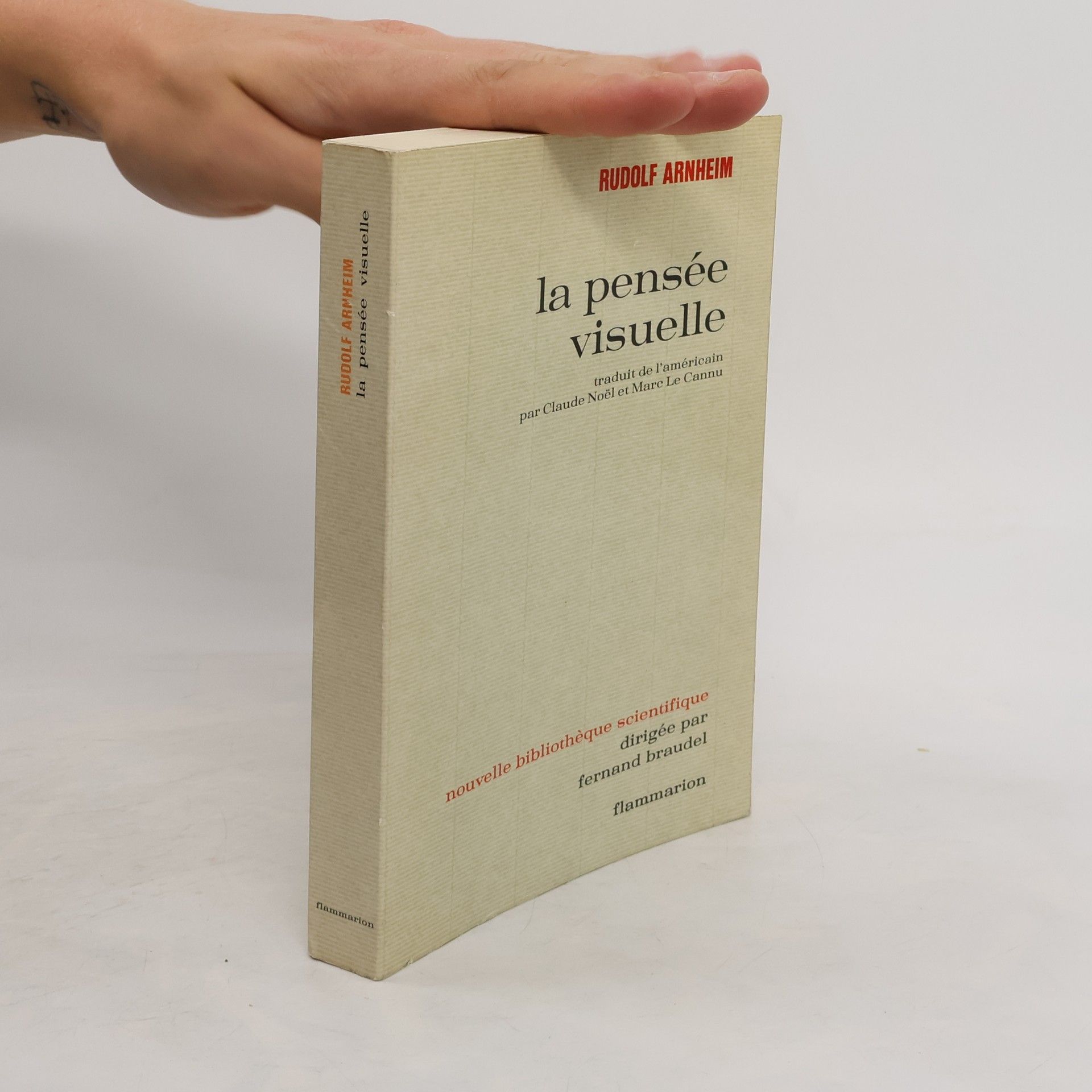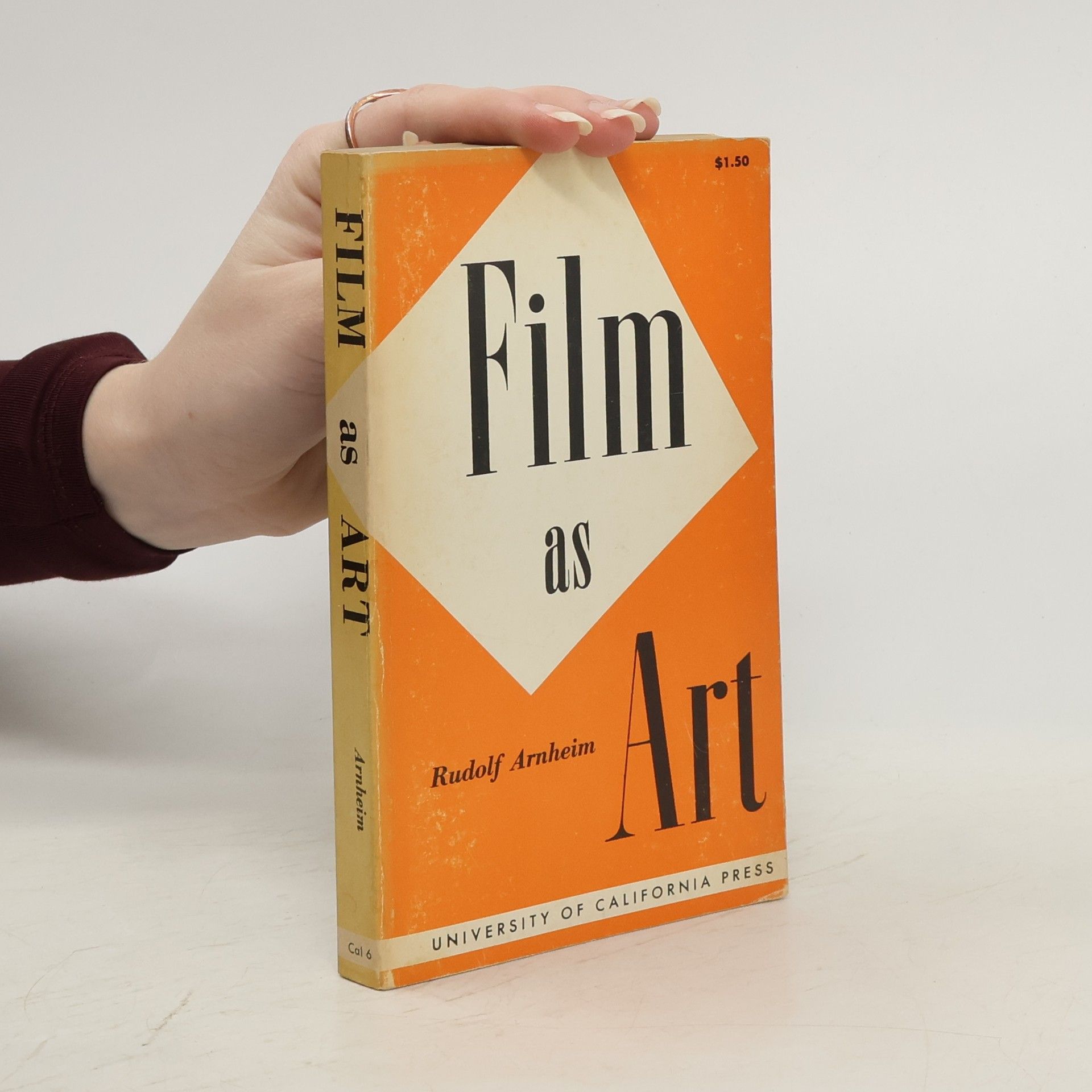Rudolf Arnheim Livres
Rudolf Arnheim fut un influent théoricien de l'art et du cinéma qui appliqua les principes de la psychologie de la Gestalt aux arts visuels. Son œuvre explorait comment les humains perçoivent l'information visuelle et comment ces processus façonnent la création artistique et l'appréciation esthétique. L'approche d'Arnheim soulignait l'interconnexion entre la psychologie perceptive et l'œil créatif. Ses écrits ont eu un impact significatif sur l'histoire de l'art et la psychologie, offrant aux lecteurs une compréhension plus profonde du monde visuel.







A collection of essays covering a range of topics and includes titles such as Outer Space and Inner Space, What Is an Aesthetic Fact?, As I Saw Children's Art, Two Ways of Being Human, Consciousness - an Island of Images, and From Chaos to Wholeness.
Using many examples, this title considers the factors that determine the overall organization of visual form in works of painting, sculpture, and architecture.
Film Essays and Criticism
- 304pages
- 11 heures de lecture
The collection features 30 essays and reviews by Arnheim, focusing on film theory from 1925 to 1940. It delves into early sound films, exploring aspects such as production, style, and content. Additionally, the essays examine the intricate relationship between film and the state, offering insights into the evolving landscape of cinema during this transformative period. This translation provides a valuable perspective on the development of film as an art form and its societal implications.
The dynamics of architectural form
- 296pages
- 11 heures de lecture
Explores the unexpected perceptual consequences of architecture.
Art and Visual Perception
- 518pages
- 19 heures de lecture
Since its publication fifty years ago, this work has established itself as a classic. It casts the visual process in psychological terms and describes the creative way one's eye organizes visual material according to specific psychological premises. In 1974 this book was revised and expanded, and since then it has continued to burnish Rudolf Arnheim's reputation as a groundbreaking theoretician in the fields of art and psychology.
Toward a Psychology of Art
- 380pages
- 14 heures de lecture
Based on the assumption that art is subject to psychology, accessible to understanding, and needed for any comprehensive survey of mental functioning, this book offers psychological findings range from experiments in the perception of shape or observations on the art work of children to broad deliberations on nature of images or of inspiration.
Visual thinking
- 352pages
- 13 heures de lecture
For thirty-five years Visual Thinking has been the gold standard for art educators, psychologists, and general readers alike. In this seminal work, Arnheim, author of The Dynamics of Architectural Form, Film as Art, Toward a Psychology of Art, and Art and Visual Perception, asserts that all thinking (not just thinking related to art) is basically perceptual in nature, and that the ancient dichotomy between seeing and thinking, between perceiving and reasoning, is false and misleading. An indispensable tool for students and for those interested in the arts.
The Genesis of a Painting
- 139pages
- 5 heures de lecture
Explores the creative process through the sketches executed by Picasso for his mural Guernica. The drawings and paintings shown herein, as well as the photographs of the stages of the final painting, represent the visual record of the creative stages of a major work of art.
In the fall of 1957 the University of California Press expanded Arnheim’s 1933 book Film by four essays and brought that landmark work back into print as Film as Art. Now nearly fifty years after that re-edition, the book continues to occupy an important place in the literature of film. Arnheim’s method, provocative in this age of technological wizardry, was to focus on the way art in film was derived from that medium’s early limitations: no sound, no color, no three-dimensional depth.

